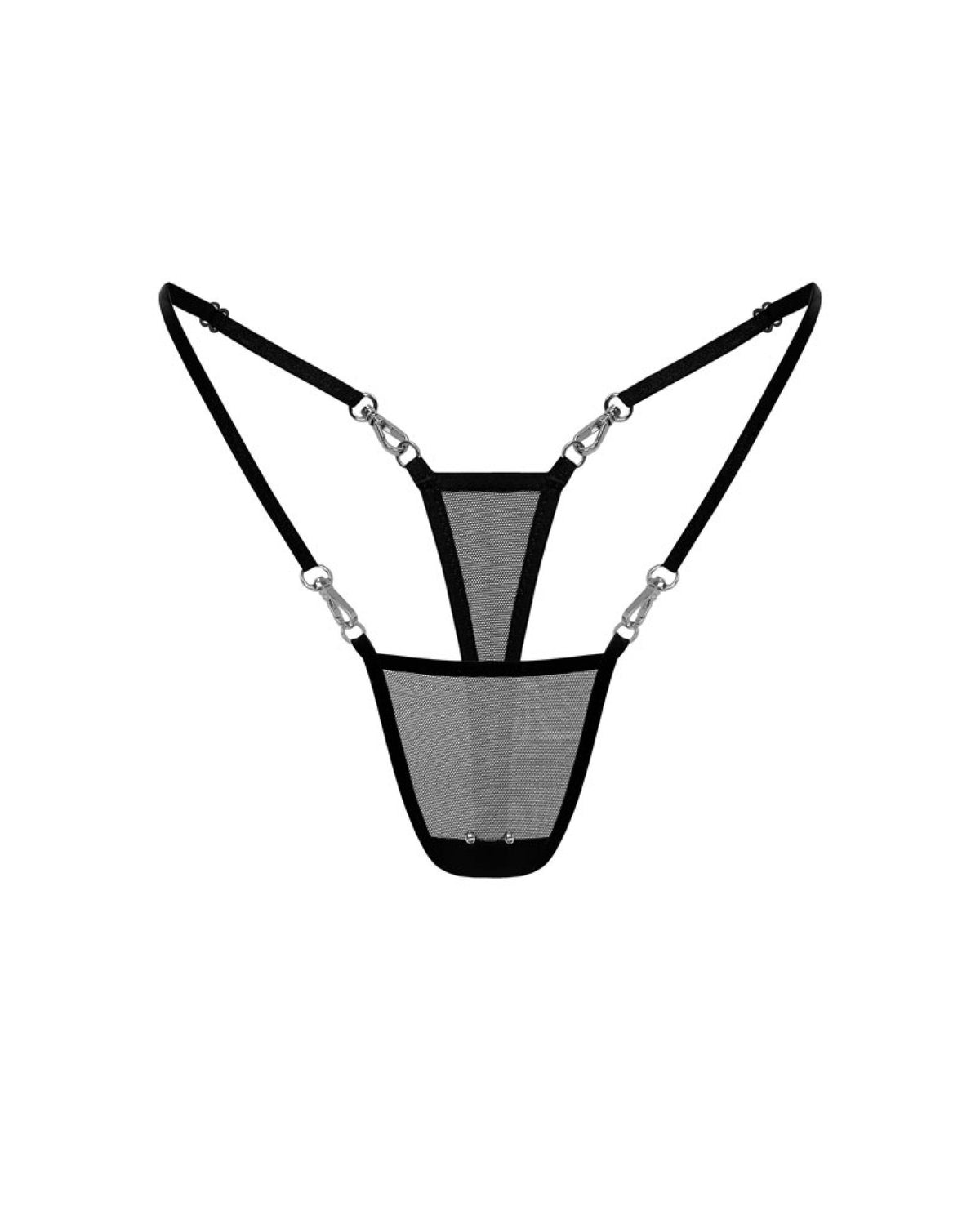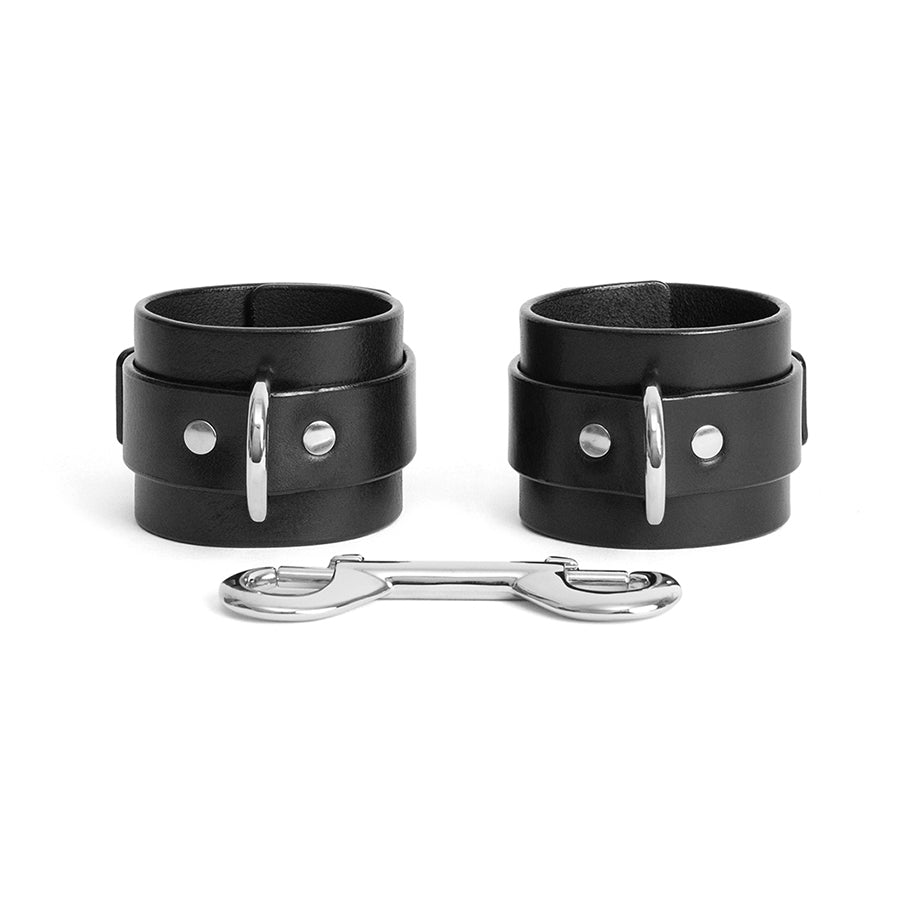
June 01, 2025
How Kink and Queerness Overlap
When we talk about kink and queerness, we often treat them as separate identities or communities. But for many people – especially queer people – kink isn’t just about what happens in the bedroom. It’s part of how we reclaim power, rewrite desire, and feel most ourselves. And that overlap is far from accidental. It’s historical, political, and deeply personal.
Queer Liberation Was Never Vanilla
Kink didn’t just tag along behind queer history. It helped build it.
Trans women, sex workers, leather daddies, and drag queens weren’t just at Stonewall, they started it. The early lesbian sex-positive movement was led by women who were told their desires were “too much.” They turned that shame into zines, dungeons, and sisterhood. Leather bars weren’t just sex clubs, they were among the first places queer people could drop the mask.
Kink gave queer people a place to belong before the rainbow became a logo.
For Marginalized Bodies, Power Play Can Be Healing
For queer and trans people, kink can become a transformative tool, one that does more than offer pleasure. It allows us to engage with power in deeply intentional ways. When you’ve lived in a world that has denied you autonomy over your own body, being able to choose how you’re touched, who you submit to, or when you take control can be life-changing. For some trans people, topping or bottoming isn’t just a sexual dynamic, it can be a way to affirm gender identity or to reconnect with a body that has long been subject to dysphoria, scrutiny, or violation.
For many queers, especially those with histories of trauma or erasure, kink can rebuild a sense of safety and trust. And for nonbinary and gender-expansive folks, kink offers a rare space to explore power, presentation, and embodiment outside of binary norms. It allows us to create our own archetypes, our own rules. Often, it’s in these spaces that queer people finally get to feel seen.

Community And Consent Are Queer Values, Too
In both queer and kink communities, consent is more than a rule, it’s a shared value, and often, a survival skill. These spaces emphasize clear communication, mutual agreement, and respect for individual boundaries. That means asking before acting, checking in regularly, and being willing to hear “no” without punishment. In practice, consent isn’t just about sex, it’s about how we build trust, resolve conflict, and stay in connection.
The emphasis on consent often grows out of necessity: many queer people have experienced rejection, erasure, or harm in mainstream systems, so we’ve learned to create our own structures for safety and belonging. This is why so many queer spaces prioritize chosen family, emotional support, and collective accountability. Community care and consent are not just tools for navigating intimacy, they are central to how many queer people survive, relate, and thrive.

Pride Is Also About Pleasure
Pride isn’t only about identity or visibility, it’s also about reclaiming agency over our bodies and desires. For many queer people, especially those whose sexuality or gender has been stigmatized, pleasure is political. Exploring kink can become a way to heal from shame, understand our own limits, and practice consent in a deeply embodied way.
Visibility Matters
Many queer kinksters hide part of themselves to be accepted in “mainstream” queer spaces. And kink communities can also erase queerness by assuming straight, cis defaults.
In a world that polices both our identities and our desires, choosing pleasure is radical. Let’s support each other in this journey and respect our unique experiences.






